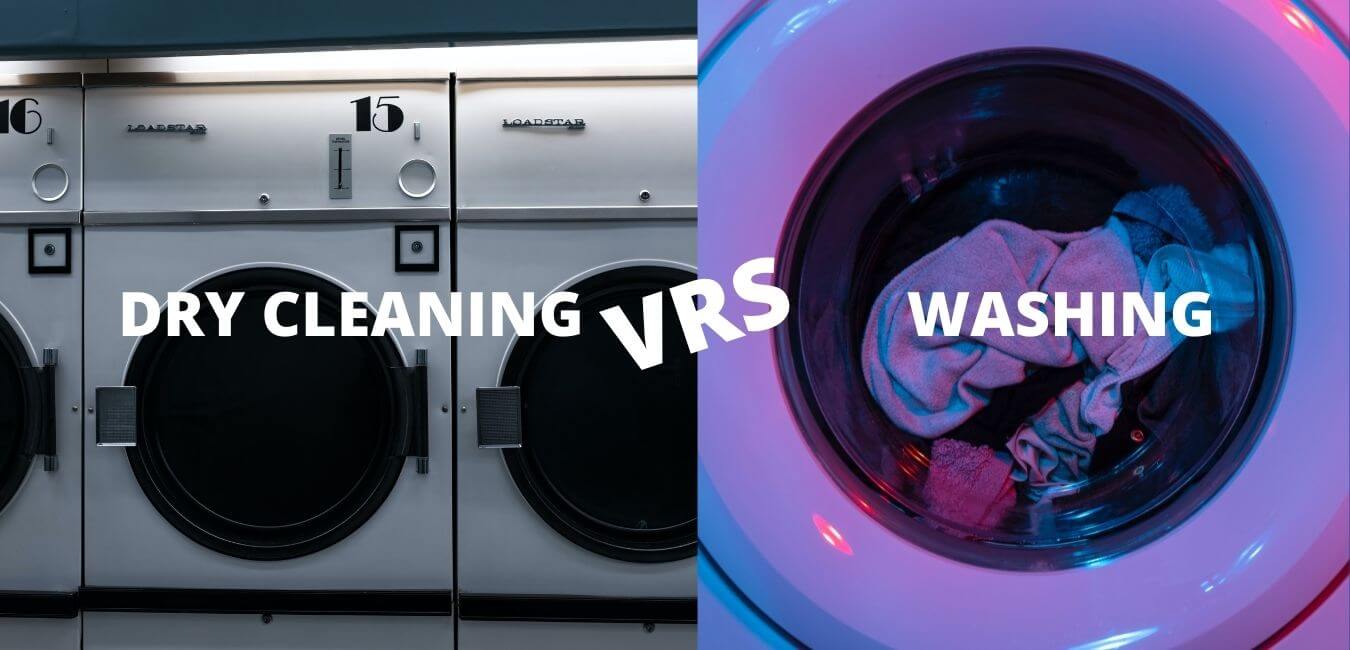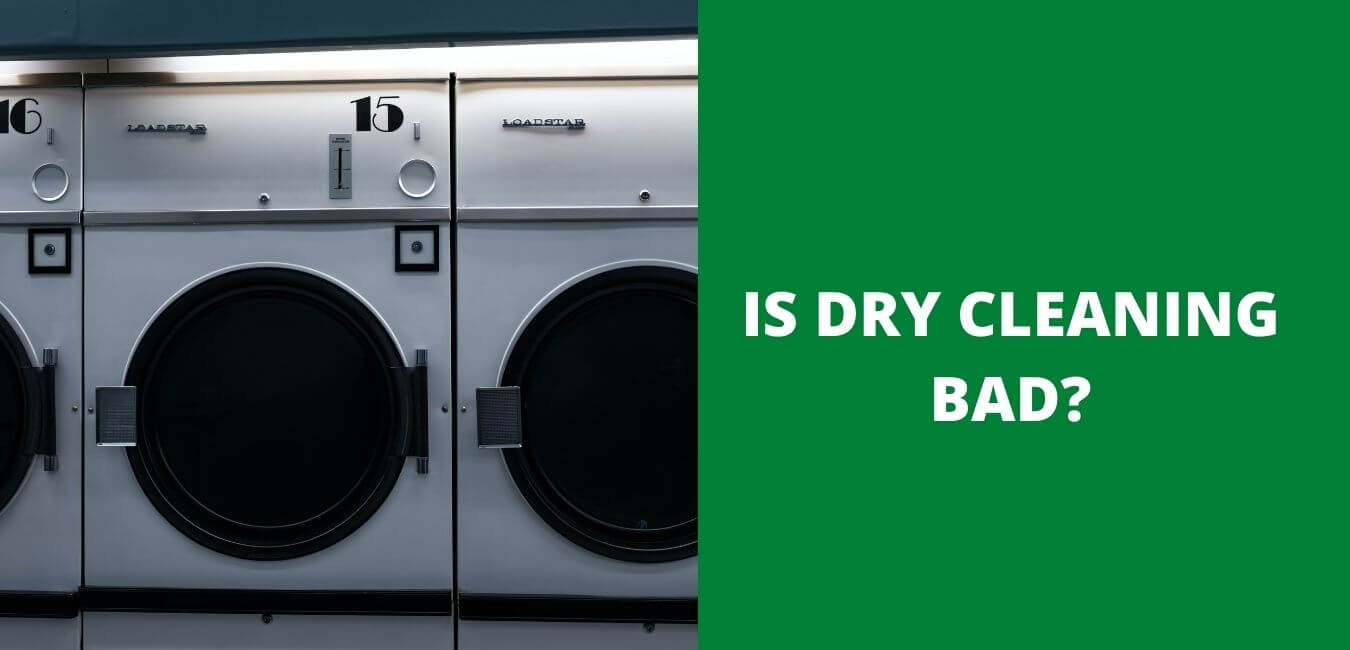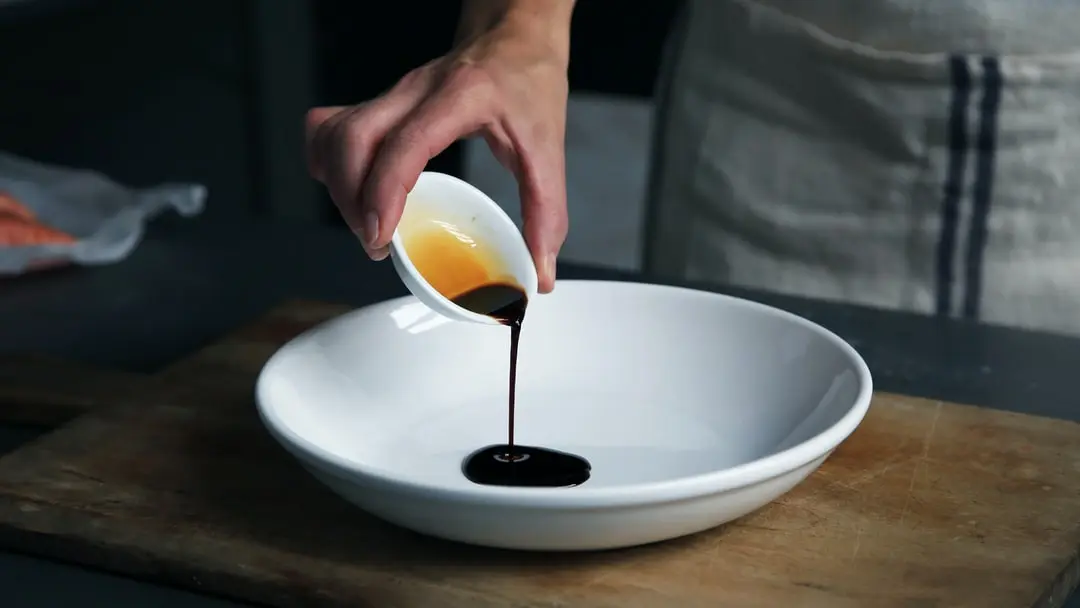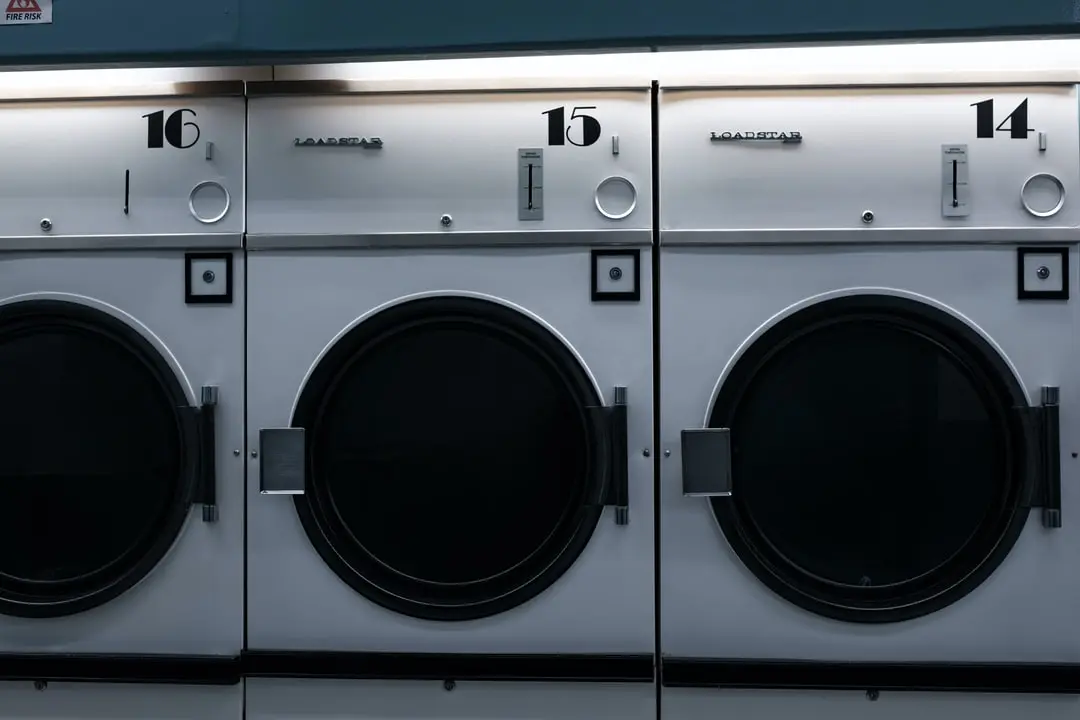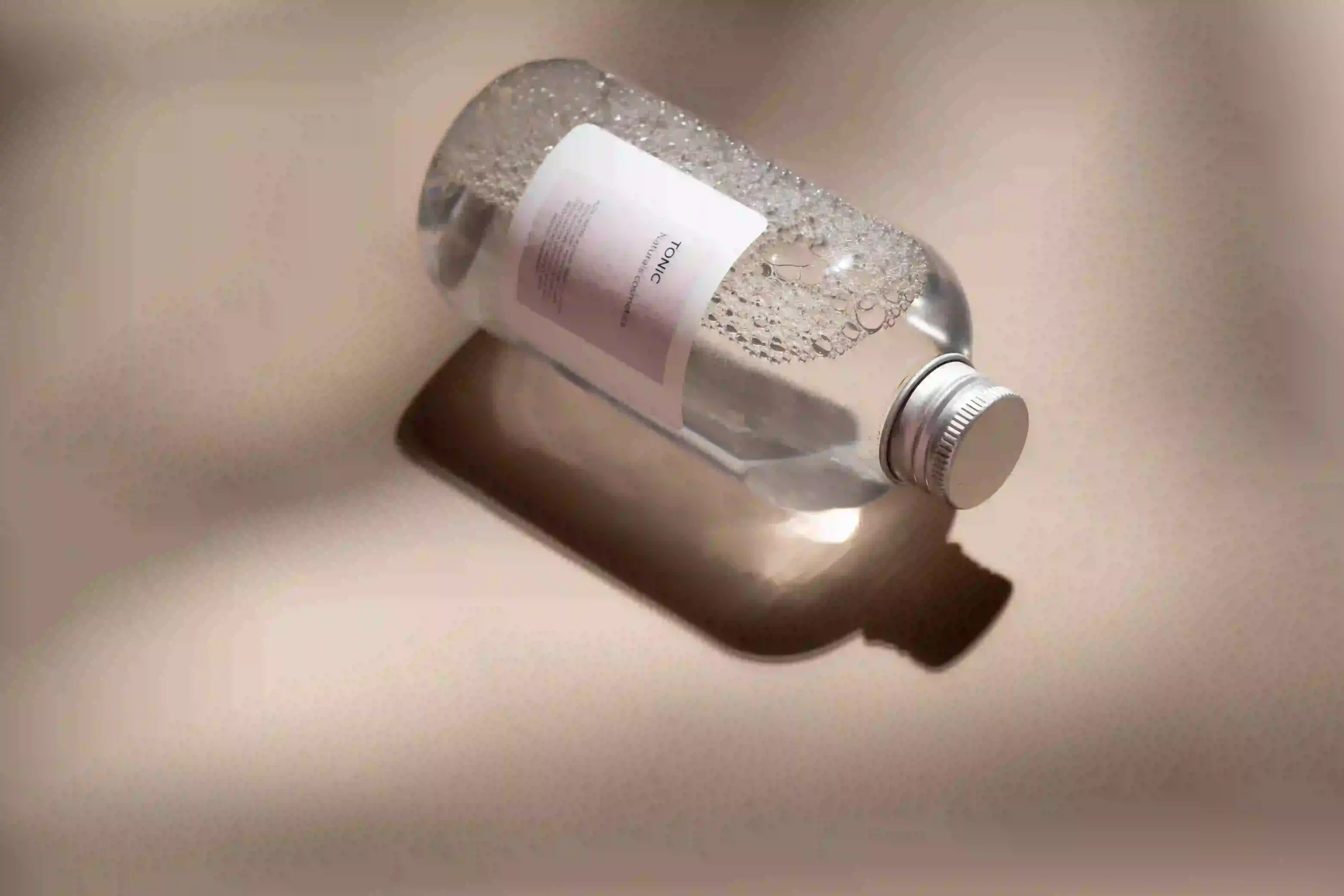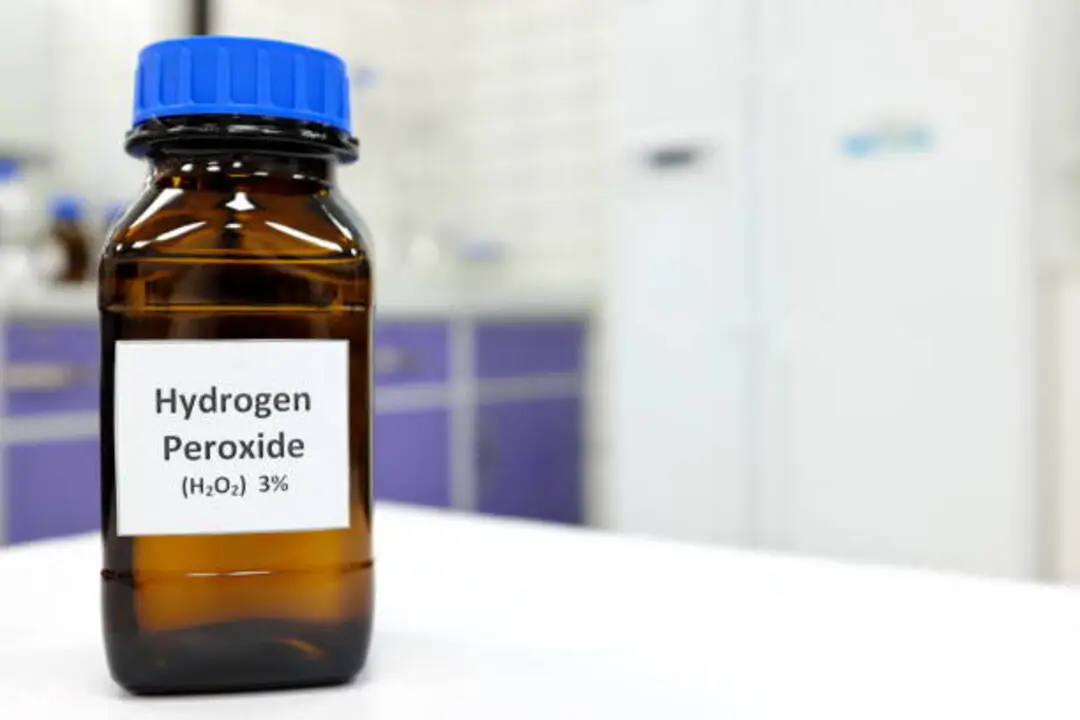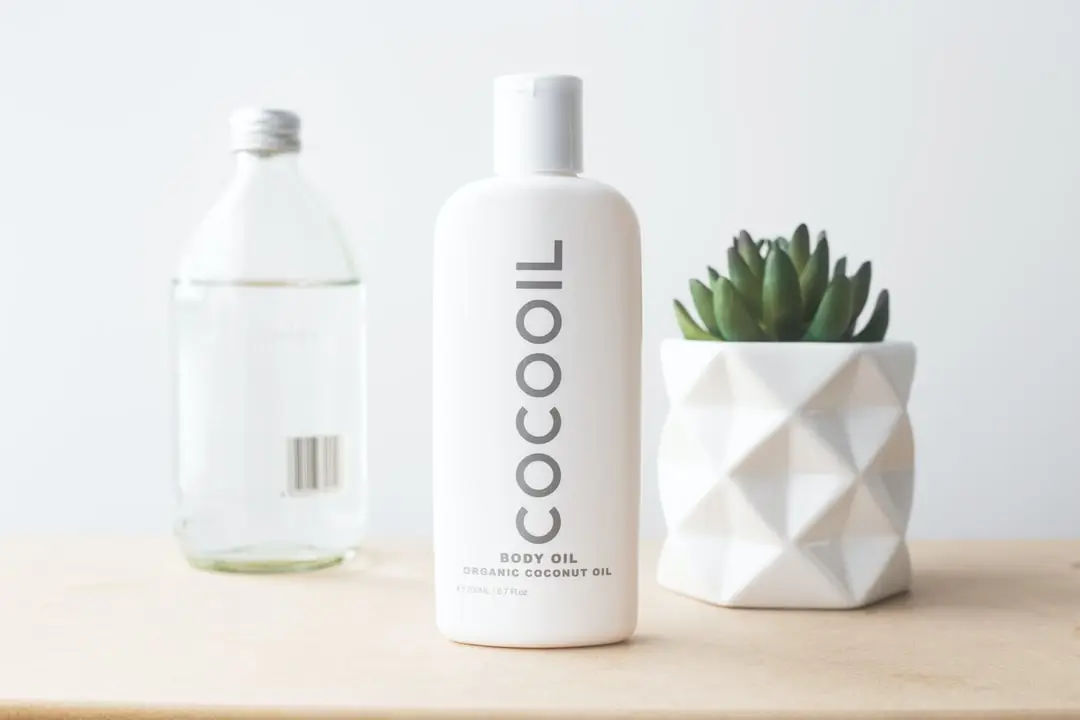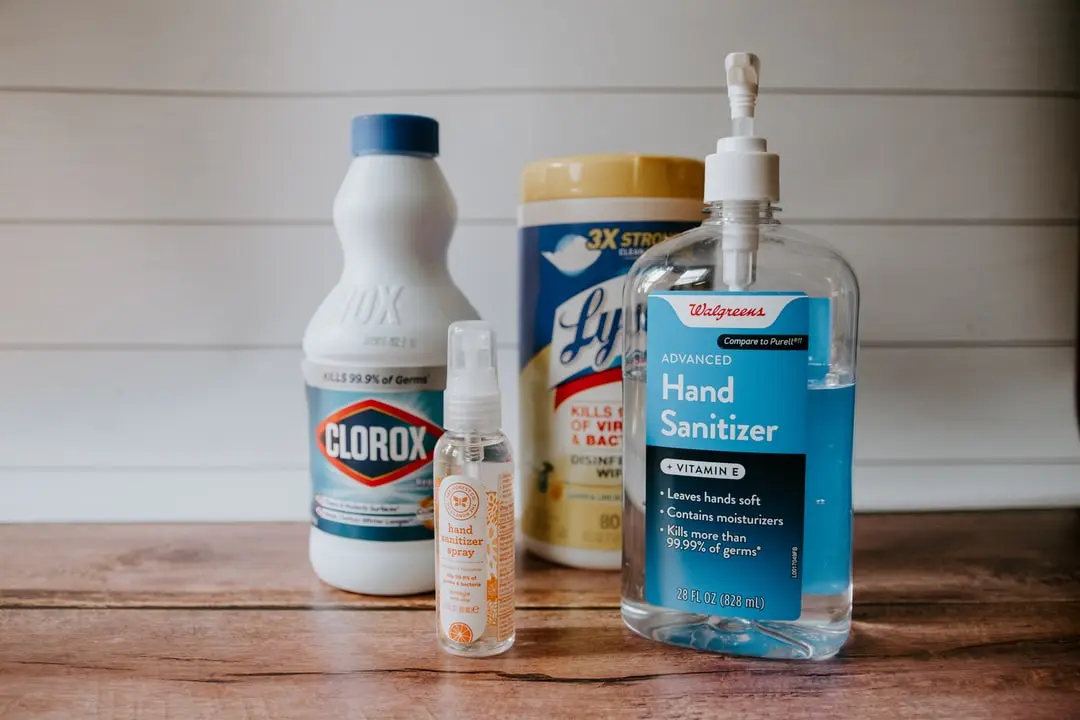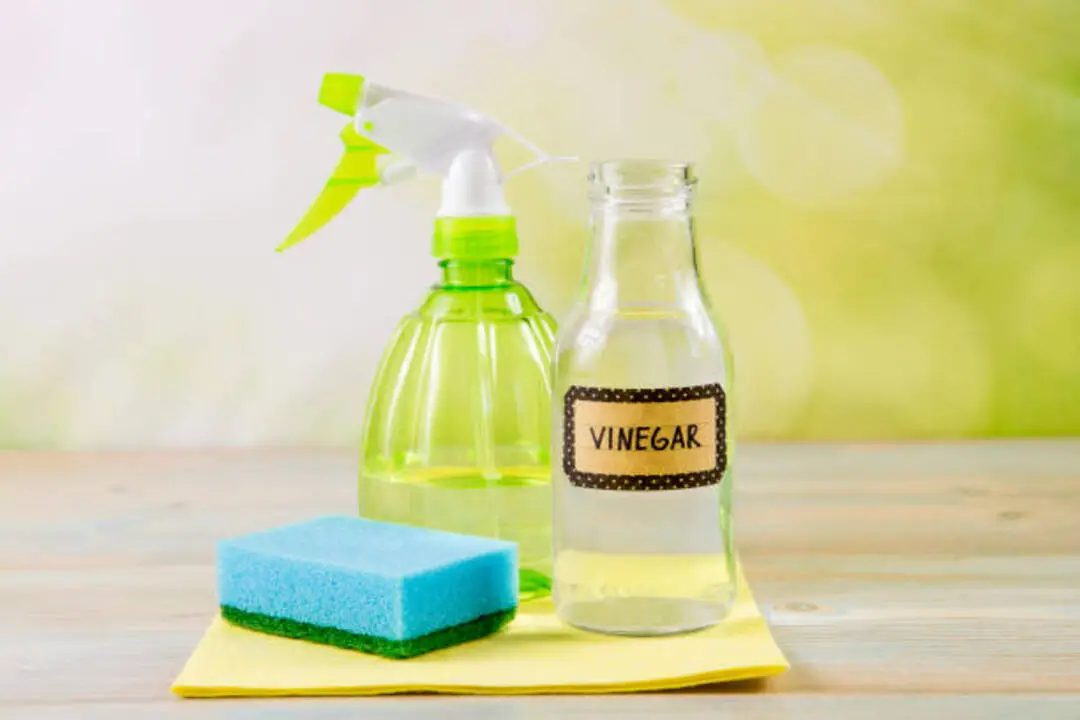Are you struggling with stubborn stains on your clothes? You might be surprised to hear that rubbing alcohol, a common household item, can come in handy in such situations.
This article unravels how you can safely use rubbing alcohol as an effective stain-removal tool while steering clear of any possible damaging effects it may have on fabrics.
Keep reading to become a pro at using this unconventional stain remover!
KEY INFORMATION
- Use Isopropyl rubbing alcohol for stain removal and avoid types that contain additional ingredients like dye.
- Test the fabric before applying rubbing alcohol to ensure it won’t cause damage or discoloration.
- Avoid using rubbing alcohol on delicate fabrics such as silk, lace, satin, and wool, as it can cause damage and discoloration.
- Rubbing alcohol can potentially cause staining or bleaching on clothes, so be cautious when using it and test a small area first.
Factors to Consider When Using Rubbing Alcohol on Clothes

When using rubbing alcohol on clothes, it is important to consider factors such as the type of rubbing alcohol to use and test the fabric beforehand.
1. Types of Rubbing Alcohol to Use
You should not use just any rubbing alcohol on clothes. You need to pick the right type. The best kind is Isopropyl alcohol. It’s great for getting rid of stains. But be careful! Some rubbing alcohols have extra stuff in them, like dye.
This can leave a mark on your clothes instead of cleaning them. Always check what’s in the alcohol before you use it on fabrics.
2. Test the Fabric
Before using rubbing alcohol on clothes, it is important to test the fabric first. This will help you determine if the fabric can withstand the effects of rubbing alcohol without getting damaged or discolored.
To test the fabric, simply apply a small amount of rubbing alcohol to an inconspicuous area of the garment and then blot it with a clean cloth. Wait for a few minutes and check for any signs of color fading, bleeding, or damage to the fabric.
If there are no negative effects, you can proceed with using rubbing alcohol to remove stains from your clothes. However, if you notice any discoloration or damage after testing, it is best to avoid using rubbing alcohol on that particular garment and try alternative stain-removal methods instead.
3. Avoid Using Rubbing Alcohol on Delicate Fabrics
Rubbing alcohol should be avoided on delicate fabrics, as it can cause damage and discoloration. Delicate fabrics such as silk, lace, satin, and wool are more susceptible to being affected by the harsh properties of rubbing alcohol.
Instead of using rubbing alcohol on delicate fabrics, try using gentler stain removal methods or taking the item to a professional cleaner for assistance. Remember to always check the care label on your clothing before attempting any stain removal techniques.
Effects of Rubbing Alcohol on Clothes

Rubbing alcohol can potentially cause staining or discoloration on clothes, especially if used improperly or on certain fabric types. It’s important to be aware of these effects before using rubbing alcohol as a stain remover.
1. Potential for Staining or Discoloration
Rubbing alcohol has the potential to cause staining or discoloration on clothes, so it’s important to be cautious when using it. Certain fabrics, like silk or satin, are more prone to being damaged by rubbing alcohol.
If you’re unsure about how your fabric will react, it’s best to test a small area first before treating the entire stain. Additionally, rubbing alcohol should not be used on black clothing, as it can bleach or discolor it.
It’s crucial to keep these factors in mind and take the necessary precautions while using rubbing alcohol on clothes to avoid any unwanted staining or discoloration.
2. Impact on Different Fabric Types
Rubbing alcohol can have different effects on various fabric types. It is important to consider the fabric before using rubbing alcohol as a stain remover. Certain fabrics, like silk or wool, are delicate and may be damaged by rubbing alcohol.
Rubbing alcohol can cause discoloration, bleaching, or fading on certain fabrics, including black clothes. Before treating a stain with rubbing alcohol, it is crucial to test it on a small area of the fabric to ensure it does not cause any damage or color changes.
Being cautious and knowing how rubbing alcohol affects different fabrics will help you safely remove stains without damaging your clothes.
3. Precautions for Colored or Patterned Fabrics
When using rubbing alcohol on colored or patterned fabrics, it is important to take precautions to avoid damaging or discoloring the fabric. Rubbing alcohol can potentially bleach or fade certain dyes, so it is recommended to test a small, inconspicuous area of the fabric before treating the stain.
If there are no adverse effects, you can proceed with caution. However, if the fabric shows any signs of discoloration or damage, it is best to refrain from using rubbing alcohol and explore alternative stain-removal methods.
Tips for Safely Using Rubbing Alcohol to Remove Stains
To safely remove stains with rubbing alcohol, remember to blot instead of rub and work from the outside in. Use a clean cloth or cotton ball, and rinse with water after treatment. Want to learn more about using rubbing alcohol on clothes? Keep reading!
1. Blot, Don’t Rub
To safely remove stains with rubbing alcohol, it’s important to remember one key tip: blot, don’t rub. When dealing with a stain on your clothes, resist the urge to vigorously scrub or rub at it.
This can cause the stain to spread and embed deeper into the fabric fibers, making it even harder to remove. Instead, use a clean cloth or cotton ball soaked in rubbing alcohol and gently blot the stain from the outside towards the center.
Blotting helps lift the stain without spreading it further, increasing your chances of successful removal. So remember, when using rubbing alcohol on stains, always blot with care!
2. Work from the Outside of the Stain In
To safely remove stains using rubbing alcohol, it’s important to work from the outside of the stain in. This means starting at the edges of the stain and working your way toward the center.
By doing this, you can prevent spreading the stain further and making it harder to remove. Gently blot the stained area with a clean cloth or cotton ball soaked in rubbing alcohol, being careful not to rub or scrub too vigorously.
This method helps lift and dissolve the stain, allowing it to be absorbed by the cloth or cotton ball. Remember to use a new section of cloth or a fresh cotton ball as needed to avoid spreading any residue from previous cleaning attempts.
Additionally, keep in mind that different fabrics may have different reactions to rubbing alcohol. While some fabrics are more durable and can withstand rubbing alcohol without any issues, others may be more delicate and prone to discoloration or damage.
It’s always best practice to test rubbing alcohol on a small, inconspicuous area of fabric before treating the entire stain. If there is no adverse reaction after testing, proceed with caution when applying rubbing alcohol directly to the stained area.
3. Use a Clean Cloth or Cotton Ball
To safely use rubbing alcohol on clothes and remove stains, it’s important to use a clean cloth or cotton ball. This helps prevent any additional dirt or contaminants from transferring onto the fabric.
Make sure the cloth or cotton ball is free from any debris or residue before applying the rubbing alcohol. By using a clean cloth, you can effectively target the stain without risking further damage to your clothes.
4. Rinse with Water After Treatment
After treating the stain with rubbing alcohol, it is important to rinse the area with water. This helps to remove any excess alcohol residue and prevent it from potentially damaging or discoloring the fabric.
Simply run cold water over the treated area until the water runs clear. Gently pat dry with a clean towel and allow the clothing to air-dry completely before wearing or storing it away.
Remember, rinsing with water is an essential step in safely using rubbing alcohol on clothes to remove stains and maintain their quality and appearance.
Frequently Asked Questions

1. What are some things to avoid when using rubbing alcohol to remove stains?
Avoid using rubbing alcohol on delicate fabrics, silk, or acetate materials, as it may cause damage or discoloration.
2. What factors should I consider before using rubbing alcohol on clothes?
Consider conducting a patch test in an inconspicuous area to make sure that the fabric doesn’t react negatively to the rubbing alcohol. Additionally, check the care label of your clothing for any specific cleaning instructions.
3. What effects can rubbing alcohol have on clothes?
Rubbing alcohol can effectively remove many types of stains from clothes without leaving a residue or affecting colorfastness. However, it is important to use it sparingly and blot gently to avoid spreading the stain or causing further damage.
4. Is it safe to use rubbing alcohol on all types of clothes?
No, it’s not safe to use rubbing alcohol on all types of clothes. Avoid using it on sensitive fabrics like wool or leather, and always check the care label before applying any product to your garment.
Conclusion and final thoughts
Using rubbing alcohol on clothes to remove stains can be effective, but it’s important to take precautions. Avoid using rubbing alcohol on delicate fabrics and test a small area first.
Remember that rubbing alcohol can potentially cause staining or discoloration, so be cautious with colored or patterned fabrics.
By following these tips and considering the effects of rubbing alcohol, you can safely use it to remove stains from your clothes.

